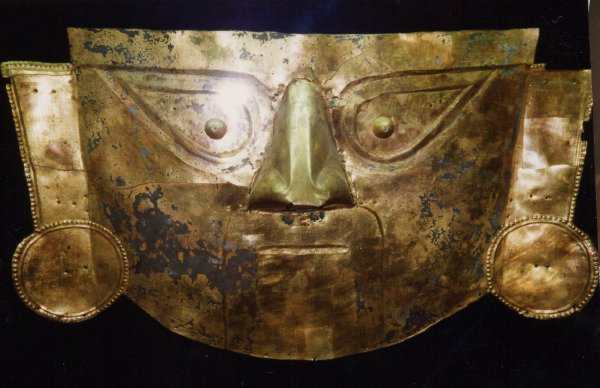

I was impressed by the gold and the feathers and the vowen materials, but I was amazed by the pottery. I love pottery, and I have never seen a collection as rich, as original and as amusing as the one in this museum. And to think that many "excavations", even to this day, are in such a rush to find the gold that the *bulldozer* these pots to rubble!
I didn't take many photos of the pots, so these jugs are not in any way representative of the collection we saw. They had pots shaped as animals, fruits, people, people in action, buildings, symbols, anything one could possibly think of in those days. Some abstract, some realistic, some clay coloured, some very colourful. There are interesting "alien" theories about the origin of the small golden statue on the far right.
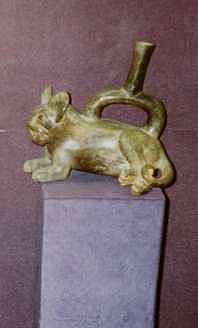
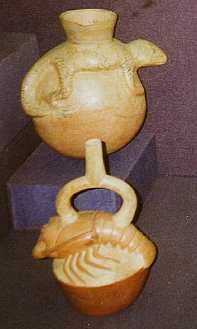
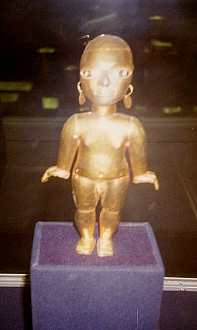
Our host Jon was actively involved in a development project in this area, funded by a Norwegian organisation "Strommestiftelsen". We visited their activities and met the local bosses from the village.
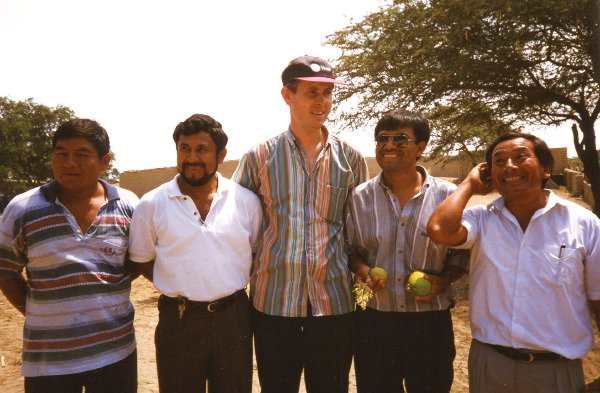
Most of Peru's famous golden treasure is found in this area, and stems from cultures which lived here long before the Incas. Here is one of their temples.
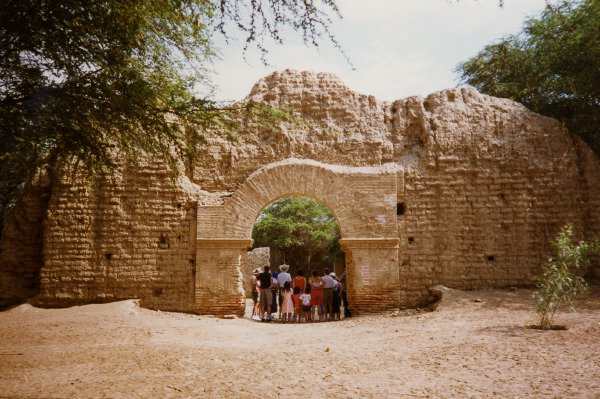
We visited Tucume, an archaeological area containing 26 large adobe pyramids. There are many myths still associated to the site, and the local people believe that the place still has magical powers, and they are reluctant to dig in this soil.
This area has been extensively researched by the Norwegian archaeologist Thor Heyerdahl. This is what he said in 1987 when the archaeologist Walter Alva took him to the place. "Crossing the wood of carob trees far away from the culture, I thought that was just one of my dreams. I had never seen before in my entire life such a thing... the hugest complex of monumental structures made of sun dried bricks in the new world."
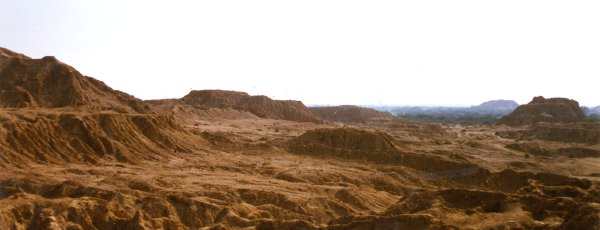
Tucume is situated in the plain of the north coast of Peru and because of the Cordillera of the Andes, in this area there is no rain except during the years of the destructive Niņo. The area is extremely dry and hot.
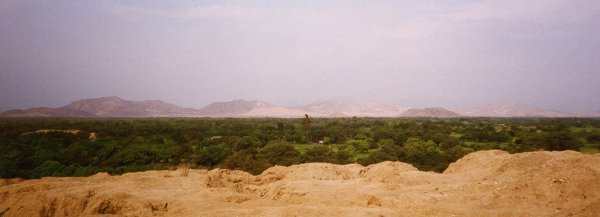
We walked and climbed to a pyramid and a hill top in the area, but the dry heat made it quite a short trip for most of us. Not for my friend Aslak, though. He jogged around the place a few times. On the right photo we are back in the village, and Titti is humouring me, posing with a plant called "mother in law's tongue" in Norwegian.
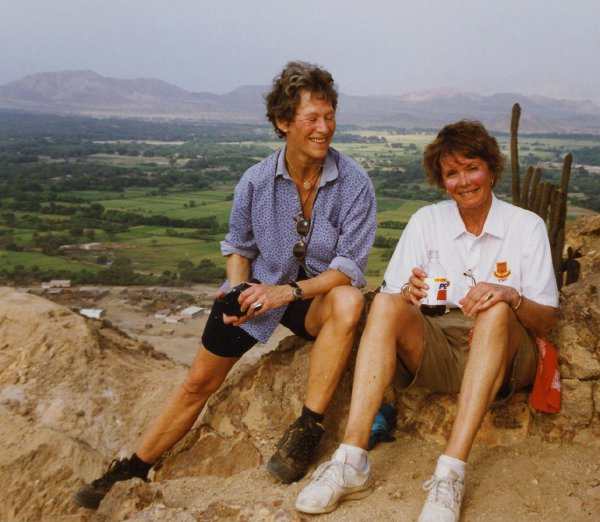
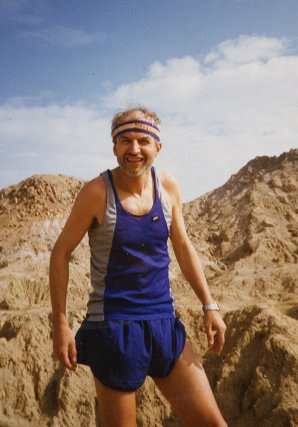
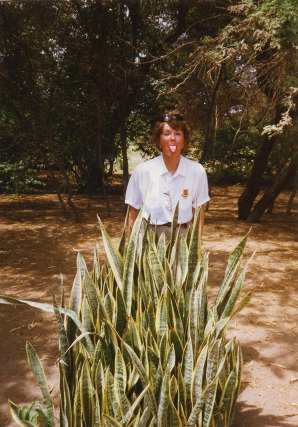
This is the famous "Senor de Sipan" grave, discovered in 1987, and described in length in National Geographic. The discovery was interesting because it contained a complete grave of a noble person, with several members of his family and servants, and a complete "burial package" with lots of silver, gold and ceramical objects. Most other similar graves have been looted long ago.
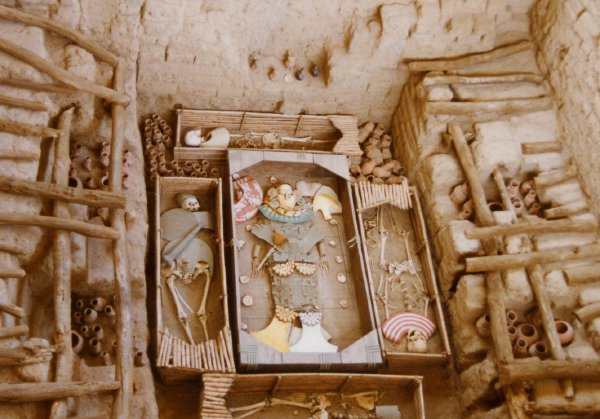
After all this dryness, I very much enjoyed a visit to a small fisherman's village on the Pacific coast. We watched them row and fish. We swam and got sunburned. I forgot for a short while that we are at the Equator, but the sun reminded me soon enough.
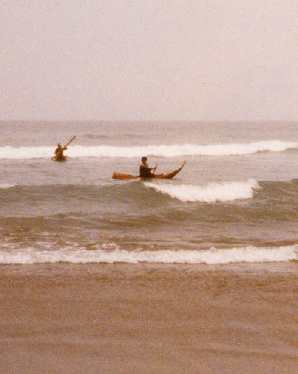
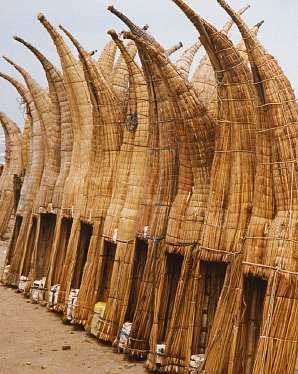
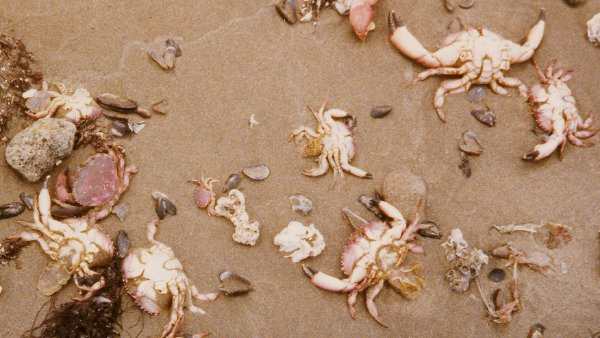





|
page 5 of 6
Silvija Seres